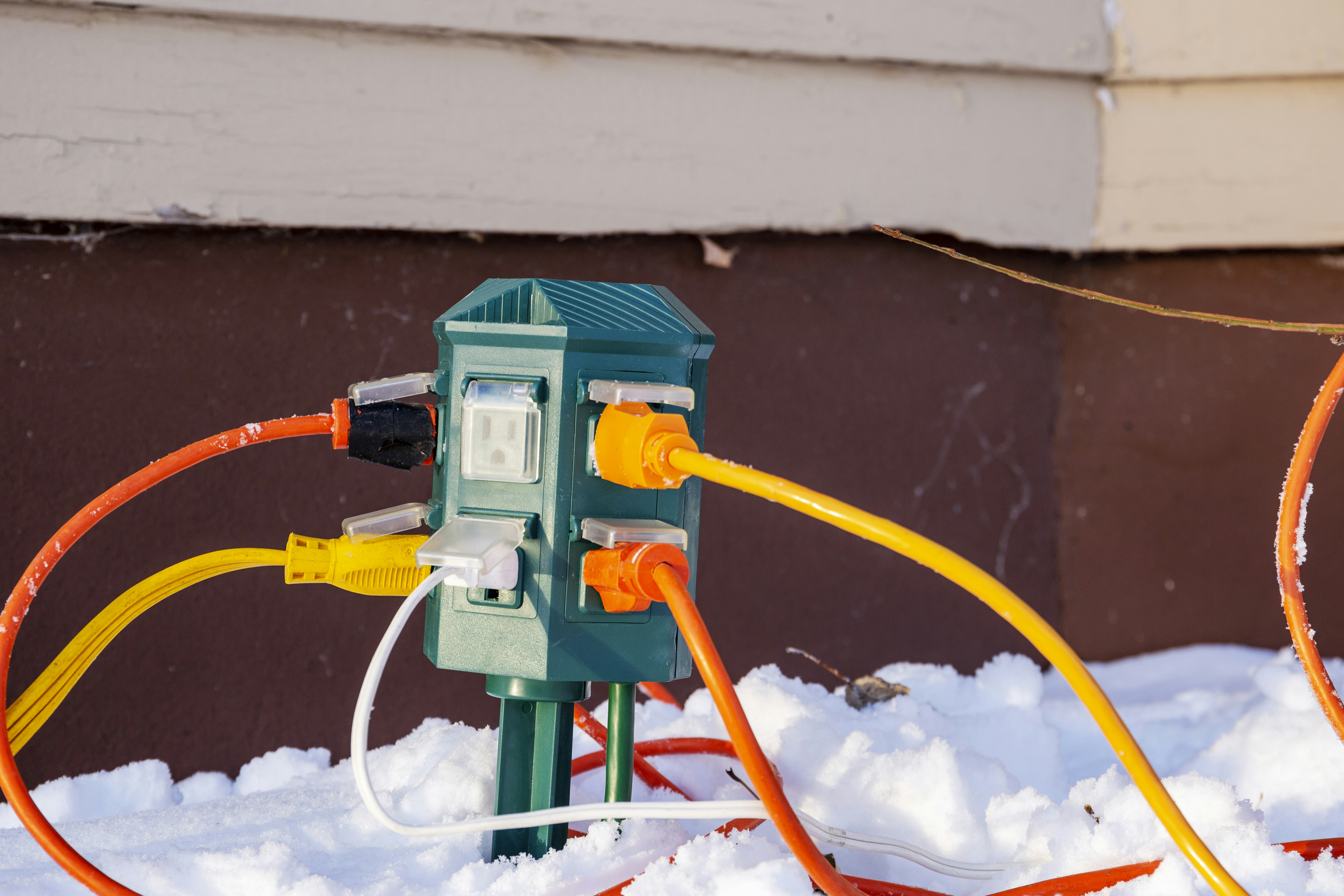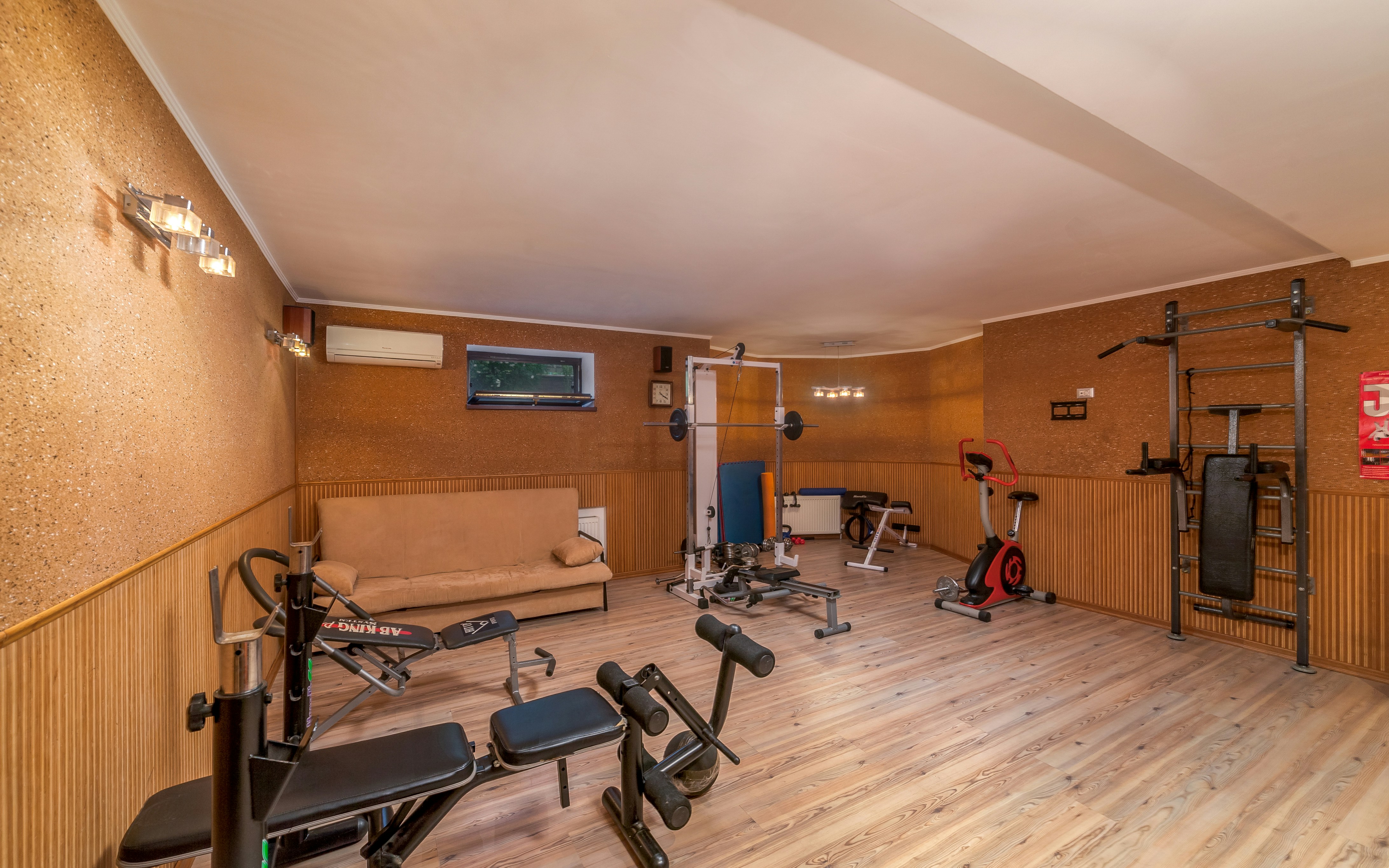Understanding Extension Cords: Basics and Specifications
Extension cords are essential tools that facilitate the distribution of electricity to various appliances and devices in homes. Understanding the different types and specifications of extension cords is crucial for ensuring safe and effective use. Generally, extension cords are classified based on their structure, material, and intended purpose. The most common types include indoor, outdoor, heavy-duty, and light-duty cords, each designed to address specific applications. For instance, outdoor extension cords are built to withstand moisture and varying weather conditions, whereas indoor cords are suited for dry environments.
When purchasing an extension cord, several specifications must be considered. The wire gauge, for instance, is one of the most important factors influencing safety and efficiency. Lower gauge numbers indicate thicker wires that can carry higher amperage without overheating. Typically, a 16-gauge cord is suitable for most household appliances, while a 12-gauge is required for heavy-duty equipment that draws more power. Another critical feature is the cord’s length; longer cords can lead to voltage drops, thereby reducing efficiency. It is advisable to choose the shortest cord necessary for your setup to minimize these losses.
Ampacity, or the maximum current an extension cord can safely carry, is another vital specification. This characteristic varies with the cord’s gauge and length and is typically listed on the product label. Misunderstanding these specifications can lead to inappropriate usage, increasing the risk of electrical fires or device failure. For example, many homeowners mistakenly use lightweight cords for high-drain devices, not realizing the potential hazards. Educating oneself about the basics of extension cords can significantly enhance safety and efficiency in their use. Familiarity with these fundamental concepts allows homeowners to select the most suitable extension cords tailored to their specific needs.
Common Mistakes Homeowners Make with Extension Cords
Extension cords are convenient tools that many homeowners in Indiana rely upon for various electrical needs. However, improper usage is a prevalent issue that often leads to hazardous situations. One of the most significant mistakes is overloading extension cords. Homeowners frequently connect multiple high-wattage devices, exceeding the cord’s capacity. According to the National Fire Protection Association (NFPA), overloaded cords are responsible for thousands of electrical fires each year, making it critical for individuals to understand their cords’ limitations.
Another common error is using indoor-rated extension cords outside. These cords are not designed to withstand the elements and can be susceptible to adverse weather conditions. This misuse can lead to a breakdown in the cord’s insulation, exposing wires and increasing the risk of electrical shock or fire. The Consumer Product Safety Commission (CPSC) has reported numerous injuries associated with this unsafe practice, highlighting the importance of selecting the appropriate cord type for each environment.
Failure to inspect extension cords for damage before use is another frequent mistake made by homeowners. Cords can become frayed, cracked, or worn over time, which can pose significant safety hazards. The NFPA advises homeowners to conduct regular inspections and discard any cords that show signs of wear. By neglecting this simple precaution, individuals unknowingly increase their risk of electrical accidents.
Daisy-chaining multiple extension cords is yet another critical error often observed. This practice not only creates a maze of cords that can be a tripping hazard but also poses a considerable risk of overheating, leading to potential fires. The Pennsylvania State University Extension notes that using a single, appropriately rated cord is far safer and promotes better electrical efficiency. Together, these common mistakes underscore the urgent need for homeowners to adhere to proper extension cord usage guidelines to ensure safety and mitigate risks.
Safety Guidelines for Using Extension Cords
Extension cords serve as a convenient solution for providing electricity to tools and appliances in areas without direct outlets. However, improper use can lead to hazardous situations. To ensure safety, homeowners in Indiana should adhere to several best practices when utilizing extension cords.
Firstly, it is critical to select the right type of extension cord for the intended load. Always check the cord’s rating, which indicates the maximum wattage it can safely handle. Using a cord rated for lower voltage than needed can lead to overheating and potential fire hazards. Additionally, avoid daisy-chaining multiple extension cords together, as this can cause overloading and compromise safety standards.
When plugging in extension cords, it is essential to insert them securely into outlets to prevent loose connections, which could lead to arcing or shock hazards. Furthermore, extension cords should never be used in damp or wet environments unless they are specifically rated for outdoor use. Keeping cords away from water and heat sources minimizes the risk of electrical failure.
Proper storage is also a vital component of extension cord safety. When not in use, cords should be coiled neatly and stored in a dry place away from direct sunlight or extreme temperatures, which can degrade the material over time. It is advisable to inspect your cords regularly for signs of wear, such as frayed wiring or damaged insulation, as these can lead to severe accidents if not addressed promptly.
Lastly, homeowners should familiarize themselves with local Indiana electrical codes and safety regulations regarding extension cord use. These guidelines ensure compliance with safety standards and can protect your home from electrical mishaps. By following these established safety guidelines, homeowners can enjoy the convenience of extension cords while minimizing risks associated with their usage.
Alternatives to Extension Cords: When and Why to Use Them
While extension cords are commonly used for temporary power needs, they are not always the safest or most efficient solution for homeowners. There are several alternatives that offer improved safety and functionality, which can greatly benefit electrical setups within the home.
One of the most viable alternatives is the use of power strips. Power strips often come with built-in surge protection, which can help safeguard connected devices from power surges and electrical malfunctions. Unlike traditional extension cords, power strips can help organize multiple devices while minimizing tripping hazards. It is crucial, however, to ensure that the power strip is not overloaded, as this can lead to overheating.
For situations requiring a more permanent solution, hardwired electrical installations are highly recommended. This method involves connecting devices directly to the home’s electrical system, eliminating the need for extension cords entirely. Hardwired installations are ideal for stationary appliances such as home theaters or kitchen equipment, where a reliable power source is essential. Additionally, this method minimizes the risk of accidental disconnections or damage to equipment, thereby enhancing overall safety.
Another effective solution is the installation of permanent outlets in areas where frequent power usage occurs. This approach allows homeowners to strategically place outlets where they are most needed, reducing the dependence on extension cords and ensuring a tidier appearance in the home. Properly positioned outlets can cater to the usage of outdoor lighting, holiday decorations, or appliances without the hazards that typically accompany extension cords.
In summary, homeowners should consider these alternatives to extension cords not only for enhanced safety but also for convenience and efficiency. By transitioning to power strips, hardwired installations, or permanent outlets, the risks associated with improper extension cord usage can be significantly mitigated, promoting a safer electrical environment in Indiana homes.
If you’re interested in purchasing the item you seek, please click the link for additional details: #americanachoice.
https://amzn.to/3SBN3Oy
AFFILIATE DISCLOSURE: I am an affiliate for this company, I am not a paid employee.
I may receive a commission if you click a link on this page and choose to purchase something.
You can rest assured I will only share things I believe in and will be valuable to you.



